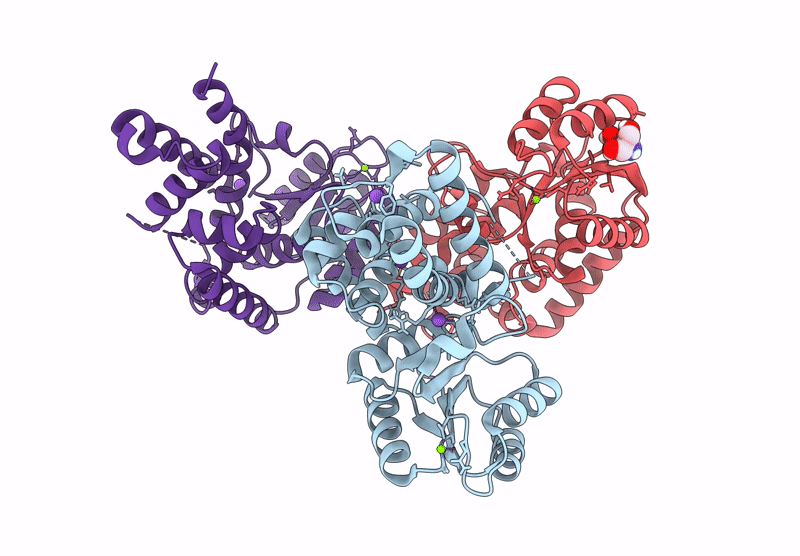
Deposition Date
2024-05-23
Release Date
2025-05-21
Last Version Date
2025-05-28
Entry Detail
Biological Source:
Source Organism:
Rubellimicrobium thermophilum DSM 16684 (Taxon ID: 1123069)
Host Organism:
Method Details:
Experimental Method:
Resolution:
1.99 Å
R-Value Free:
0.23
R-Value Work:
0.20
R-Value Observed:
0.21
Space Group:
I 2 2 2


